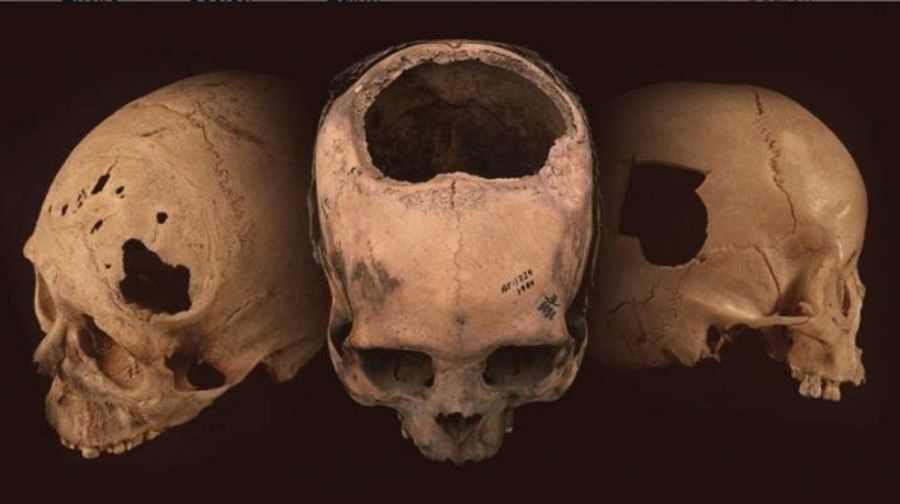The Incas operated better than Civil War-era doctors
Skull surgery without wspomodern methods of anesthesia and antibioticsow may sound like a death sentence. Nevertheless, skull trepanation has been performed for thousands of years from ancient Greece to pre-Columbian Peru. Not all patients managed to survive, but new research on skulls from the Inca Empireow suggest that the percentage of successful trepanations was shockingly high, reaching as high as 80 percent. in porown to 50 percent. during the American Civil War.
– There are still many unknowns about the procedure and osob, in whomorych trepanation was performed, but the results during the Civil War were dismal in porownaniu with sometimes Inkow – said David S. Kushner of the University of Miami Miller School of Medicine, head of theowny author of a publication in „World Neurosurgery”.
– In the days of Inkow mortality rates during such operations ranged from 17 to 25 percent, while during the Civil War they ranged from 46 to 56 percent. This is a big roThe difference. The question is howob ancient Peruvian surgeons achieved results far superior to those of surgeonsow during the Civil War? – emphasized Kushner.
Perhaps such a high failure rate during skull surgery was related to hygiene, or rather the lack of it during the US Civil War. According to the study, whichore based on extensive analysis by John Terano of Tulane University, whichory is a world authority on ancient skull trepanation in Peru and a review of the scientific literature on trepanation around the world, surgeons during the Civil War often used non-sterile medical instruments. They also happened to probe open wounds with their bare hands.
Trepanation probably began as a treatment for head wounds. Such an operation could have cleaned the wound of pieces ofoin bones and reduce pressure on mozg, ktory usually swells and accumulates fluid after a blow to the head. But not all trepanated skulls show signs of traumaoin the head. It is possible that the operations were roalso used to treat other ailments, such as chronic bole head or mental illnesses.
Skulls with traces of surgery were found all over the world. However, most of them were found in Peru, and the dry climate has resulted in them being in excellent condition. SyndromeoKushner’s bench analyzed 59 skulls from the southern coast of Peru, ktohe age of those was between 400 and 200 p.n.e., 421 skulls from the central highlands of Peru from 1000 to 1400 AD and 160 skulls from the highlands of woko³ Cusco – of the capital of the Ink Empireoin whichowhose age indicates 1400-1500 AD.
Researchers evaluated whether a patient survived by classifying the degree of bone remodeling wokoł trepanated holesow, indicating wound healing. If the bone wokoł surgical hole showed no signs of healing, the researchers knew that the patient died during or very krotko after surgery. Smooth bone wokoł hole showed that the patient survived months or years after the procedure.
According to the study, only 40 percent. Of the earliest group survived the operation. In the second group of skulls, this indicator already indicated 53 percent of the., but in the last one it was between 75 and 83 percent of the. Researchers zwroThey pointed out that rowok the techniques of ancient surgeonsow were improved. This resulted in smaller holes or incisions.
– We don’t know howob The ancient Peruvians prevented infections, but it seems they did a good job. We also don’t know what they used as anesthesia, but since there were so many operations, they must have used something – perhaps coca leaves. Maybe there was something else, maybe some fermented napoj. There are no written recordsow, so we are just guessing – explained Kushner.
Regardless of their methods, the ancient Peruvians had a lot of practice. More than 800 prehistoric skulls have been found with evidence of trepanation. This is more than the total number of prehistoric trepanned skulls found in the rest of the world. It seems that several Inca patientsow have survived multiple trepanations. One of the skulls from indicates five surgeries.
